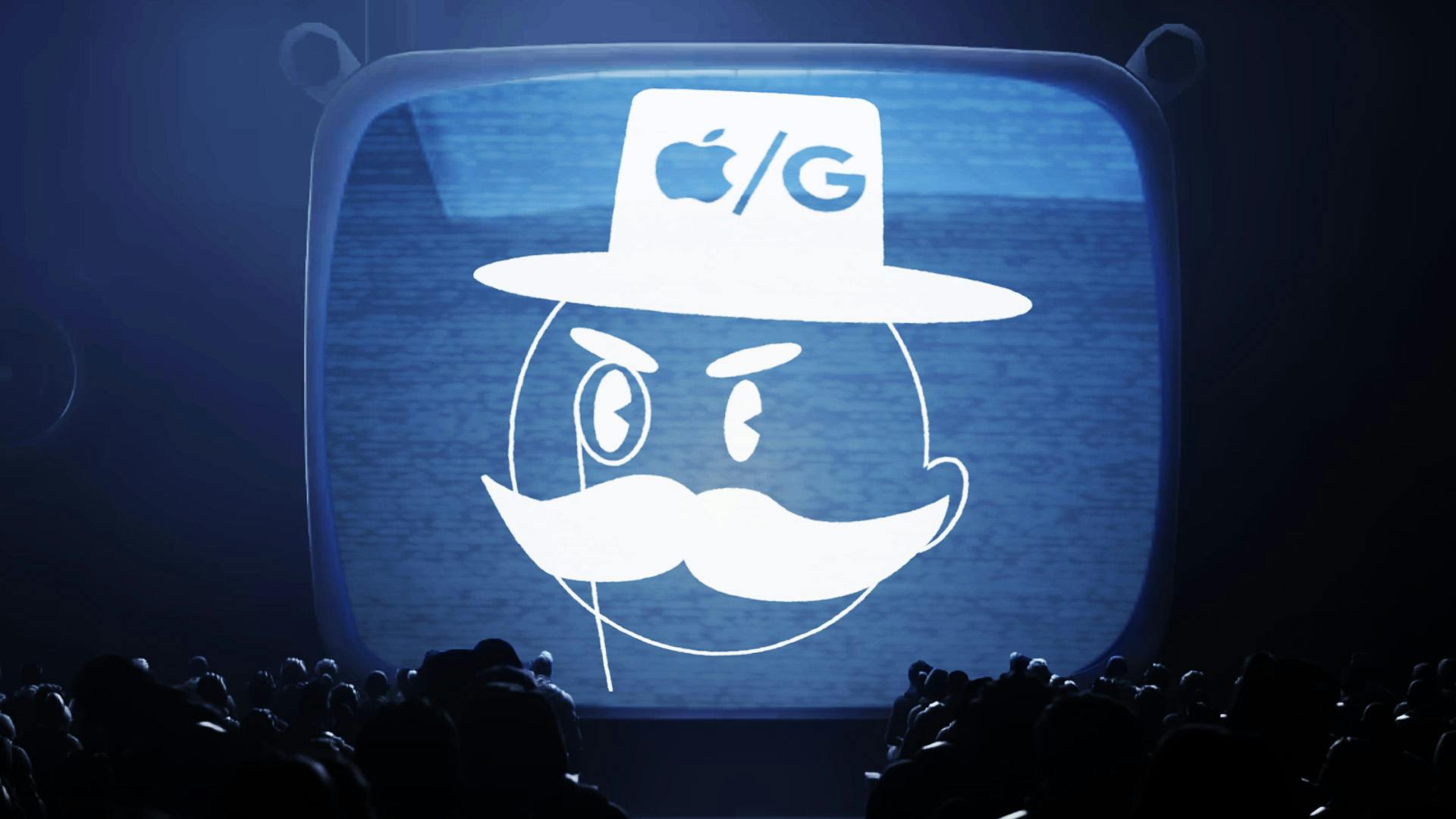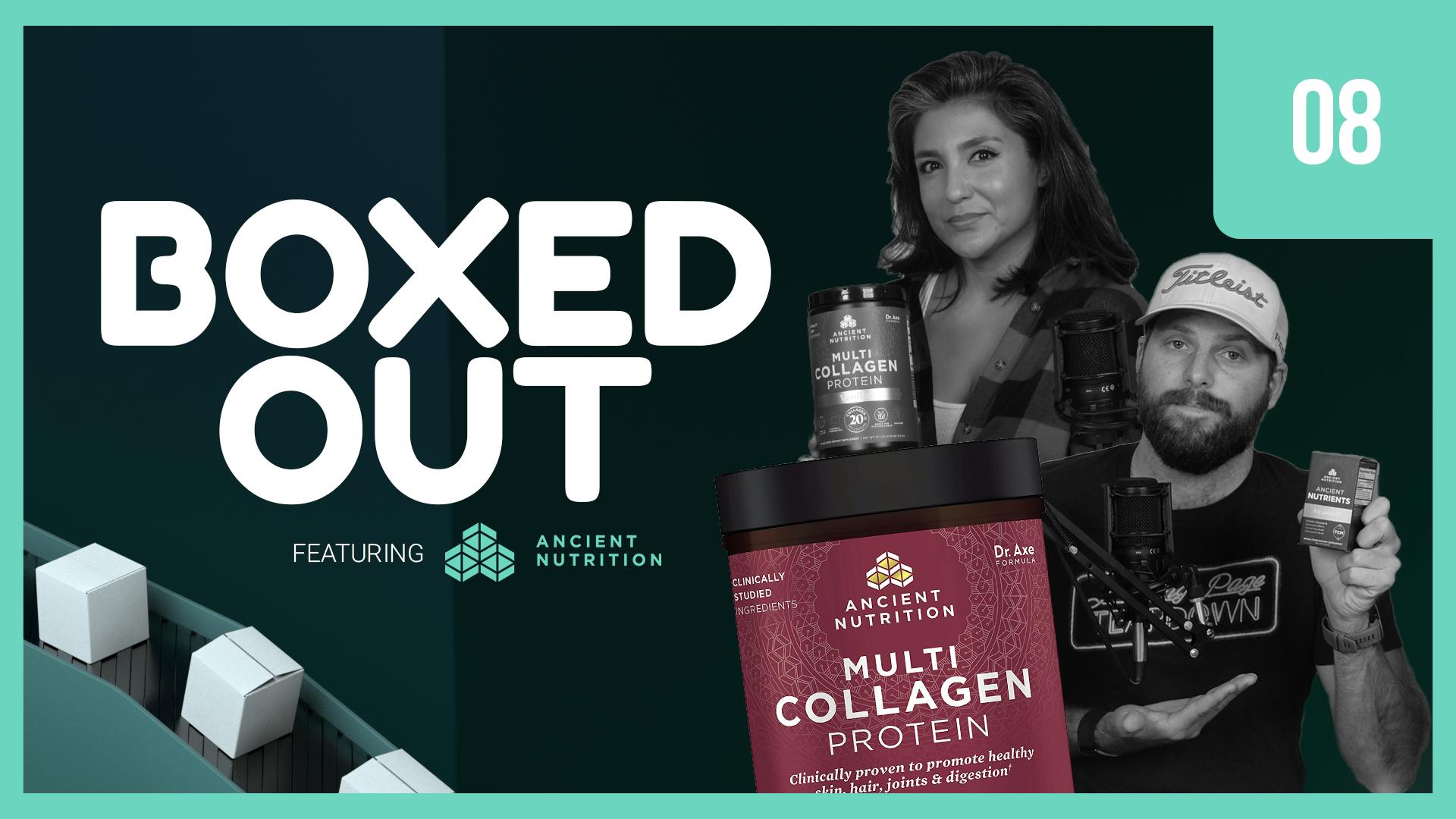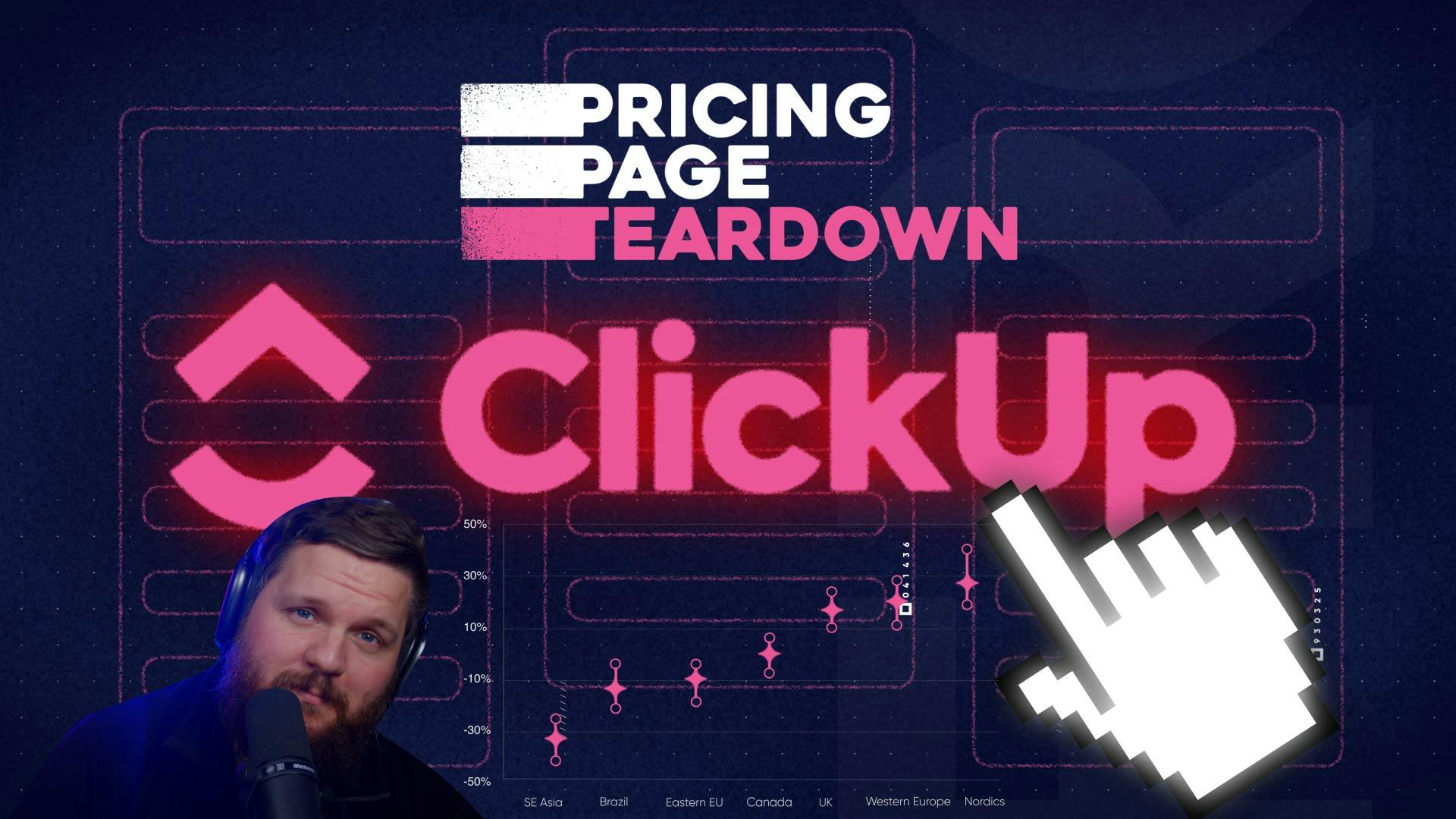
Why Costco's $1.50 Hot Dog is worth $4.5 Billion
Last year, Costco generated a staggering $4.5 billion in revenue... all from their subscription membership model. Theres Costco gas, pharmacy, tires, and so much more, but one standout offering is the $1.50 hot dog and soda. This isn't just any hot dog; it's at the heart of what makes Costco what it is, a testament to the enduring value of a meal deal whose price hasn't changed for 40 years.
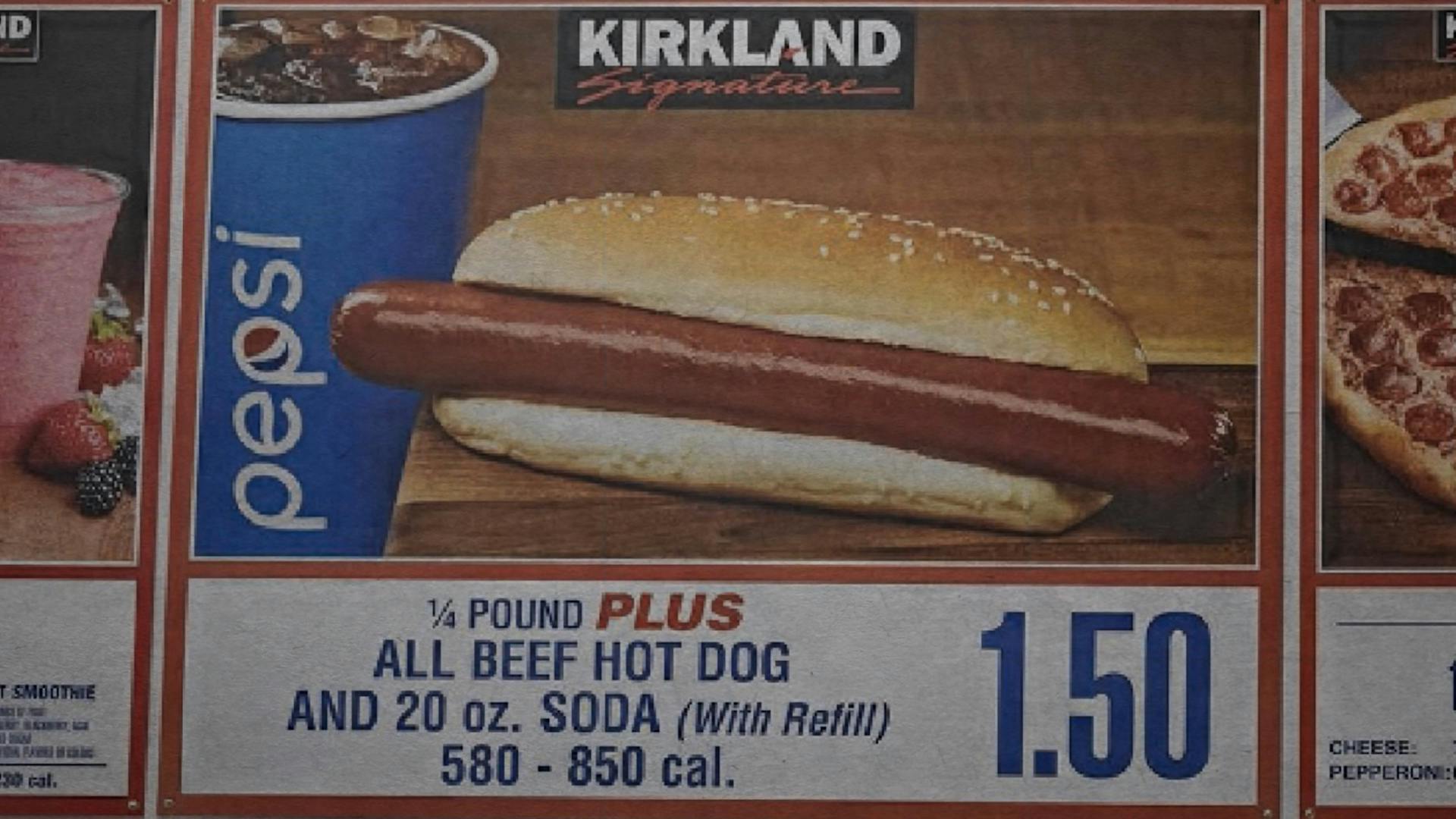
Costco, the giant warehouse superstore, offers its members everything they could imagine at bargain prices. A yearly membership fee: $60 for the basic tier and $120 for the executive amount to the colossal $4.5 billion figure, which doesn't even account for the actual goods sold.
The value of this hot dog to Costco is so monumental that founder Jim Sinegal reportedly threatened the CEO's life over any potential price increase. While such extremes are unnecessary, the passion behind the statement is clear, and the data supports it.
The essence of this phenomenon isn't the hot dog itself but what it represents for the brand. As Evan Grubb, a pricing expert who has assisted over 2,000 companies in the last 7 years, puts it, "It was never about the hot dog." Brand is the real king. And guess what? You don't need to rely on selling cheap hot dogs to achieve it (although they are delicious).
But first, if you like this kind of content and want to learn more, subscribe to get in the know when we release new episodes.

Before there was Costco
The story of Costco's brand stretches beyond the iconic hot dog, predating even its founding. The narrative begins with a figure pivotal to the retail world: Sol Price, whose principles and vision laid the groundwork for what Costco would become. Jim Sinegal, a name synonymous with Costco, attributes his entire business acumen to the lessons learned from Sol Price.
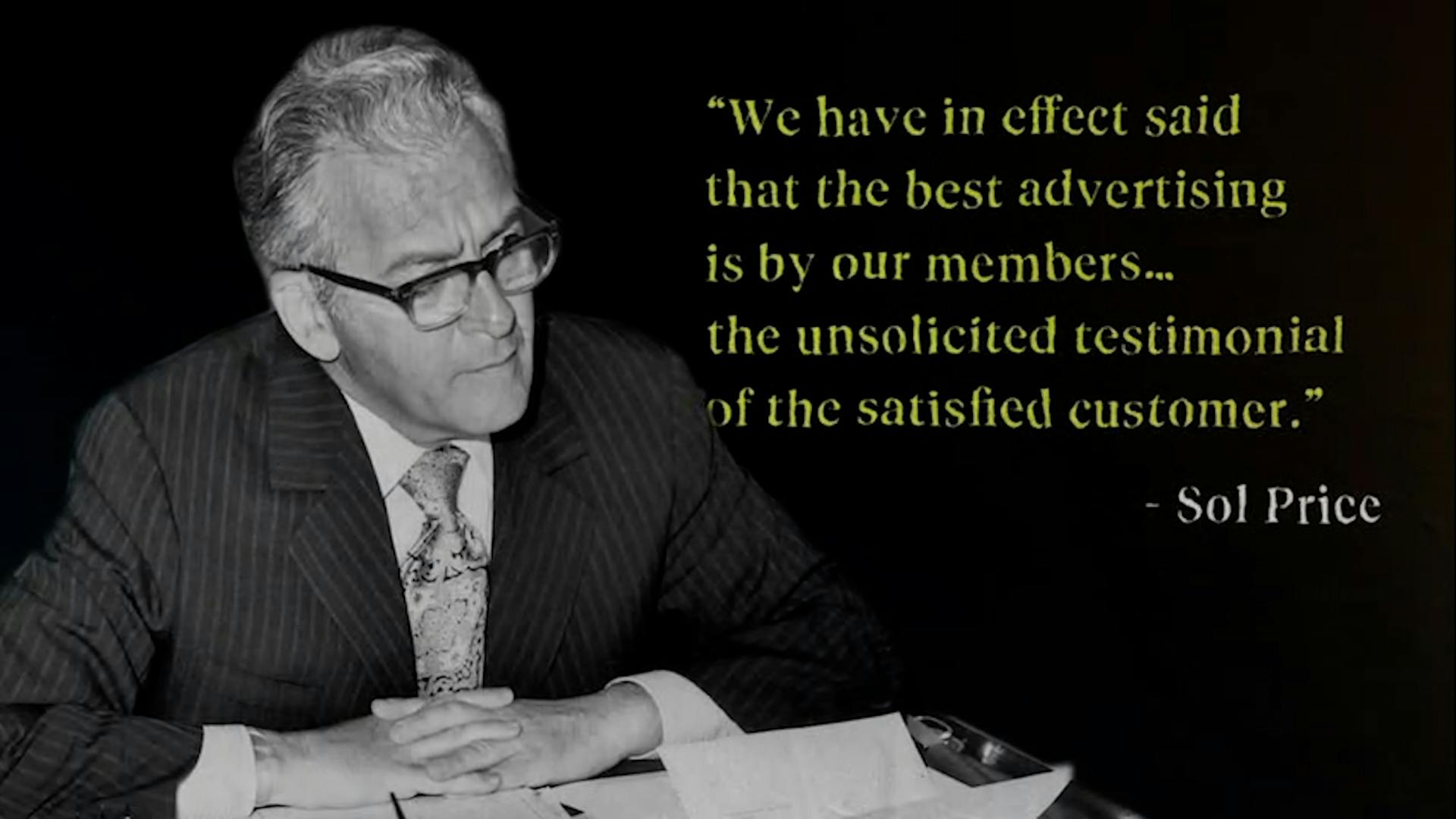
In the 1950s, Sol launched FedMart, a revolutionary concept serving federal workers and their families, offering lifetime memberships for just $2. FedMart's unique approach, which shunned traditional advertising, was built on the belief that the most effective endorsement comes from the satisfied customer's unsolicited testimonial.
Sol governed FedMart with four steadfast principles:
- Offer unbeatable value to customers through high-quality products at the lowest prices.
- Ensure fair wages and substantial benefits for employees.
- Uphold integrity in every business dealing.
- Secure profits for investors.
These tenets might ring a bell—they're the very essence of what Costco stands for today.
Jim Sinegal, deeply influenced by Sol's ethos during his 25-year tenure at FedMart, carried these principles forward. After leaving FedMart in 1977 and following Sol's departure and subsequent founding of Price Club, Sinegal, alongside Jeffrey Brotman, inaugurated the first Costco warehouse in Seattle in 1983. With a clear, no-frills approach and a modest $25 annual membership, Costco was ahead of its time, offering an extensive range of fresh food items and continuously adapting to meet customer needs, evidenced by their ever-expanding shopping carts.
Costco's relentless commitment to customer satisfaction, maintaining a minimal SKU count, and pushing margins as low as possible (targeting 14% but averaging 11%), catapulted the company from zero to $3 billion in revenue in less than six years. Their mission statement is: “to continually provide our members with quality goods and services at the lowest possible prices.” Remember those principles Sol had? Check out Costco’s Code of Ethics:
- Obey the law.
- Take care of our members.
- Take care of our employees.
- Respect our suppliers.
Sound familiar? That’s not all, Price Club would be acquired by Costco in 1993 reuniting Sol and Jim for good.
What does a hot dog have to do with it?
It turns out, everything. The very essence of Costco's mission statement—"to continually provide our members with quality goods and services at the lowest possible prices"—is embodied in their iconic $1.50 hot dog. This isn't just a meal; it's a manifestation of the Costco shopping experience, where members are assured unparalleled value with each purchase.
While the origins of the first Costco hot dog stand are a bit hazy—some say it popped up in Portland in 1983, others claim San Diego in 1984—Jim Sinegal recalls that it took about a year and a half post-opening for the original downtown Costco to introduce a humble Hebrew National cart. Back then, for $1.50, members could enjoy a quarter-pound dog and a 12 oz soda, sans the grandeur of a food court.
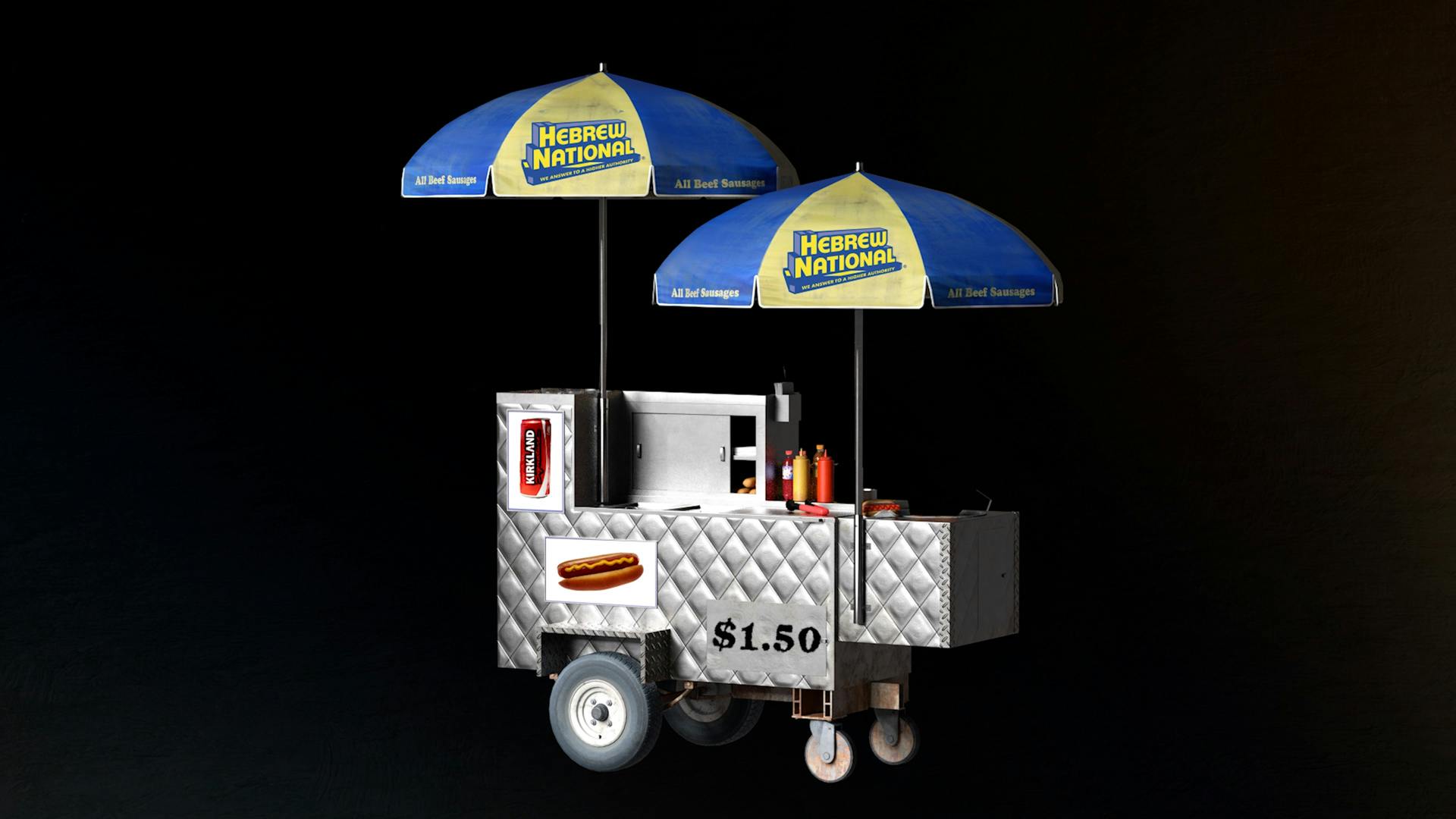
That modest cart was the precursor to what we now know as Costco's bustling food court, offering an array of treats from pizzas and smoothies to chicken bakes. Yet, while other items have seen price hikes—the chicken bake leaping from $2.99 to $3.99 in 2022, and a roast beef sandwich sitting at $9.99—the hot dog combo has staunchly held its ground at $1.50. The deal hasn't just remained; it's gotten sweeter. The soda size has ballooned to a 20 oz cup with free refills, and the hot dog itself has grown by 10 percent.
In 2009, Costco made a strategic shift, swapping the Hebrew National brand for their own Kirkland label, a name synonymous with Costco's quality. They even inaugurated a dedicated hot dog manufacturing facility in California, ensuring their signature offering remains unmatched in both value and taste.
The profitability of this hot dog combo has sparked debates, with CEO Craig Jelinek coyly remarking that they "make enough money to get a fair return." But it's not just about the profit margins. When Jim Sinegal discussed the hot dog with the Seattle Times, he emphasized its symbolic significance. “everybody talks about it. People look at that hot dog and say a buck fifty, this is unbelievable. It’s the same thing you’d spend $7 or $8 at the ballpark for and not get the same quality dog. It’s one of the things that we’re known for.”
Prices are Costco's Brand
Costco's pricing isn't just a business strategy; it's the essence of their brand. The company's commitment to capping markups at 14%, sometimes even 11%, is more than a policy—it's a manifestation of their core objective to be the ultimate cost-saving choice for consumers.
While the price of memberships may have some flexibility, the price tags on their goods are fundamentally linked to their brand image. This is particularly relevant in the context of SaaS companies and the broader B2B sector, where the principles Costco embodies can offer transformative insights.
In a pricing study of over 500,000 Subscription/SaaS customers, we found that a positive brand image can substantially enhance willingness to pay. Customers with a favorable view of a brand may pay up to 60% more. On the flip side, a negative or even neutral brand perception can severely hinder pricing power and sales potential.
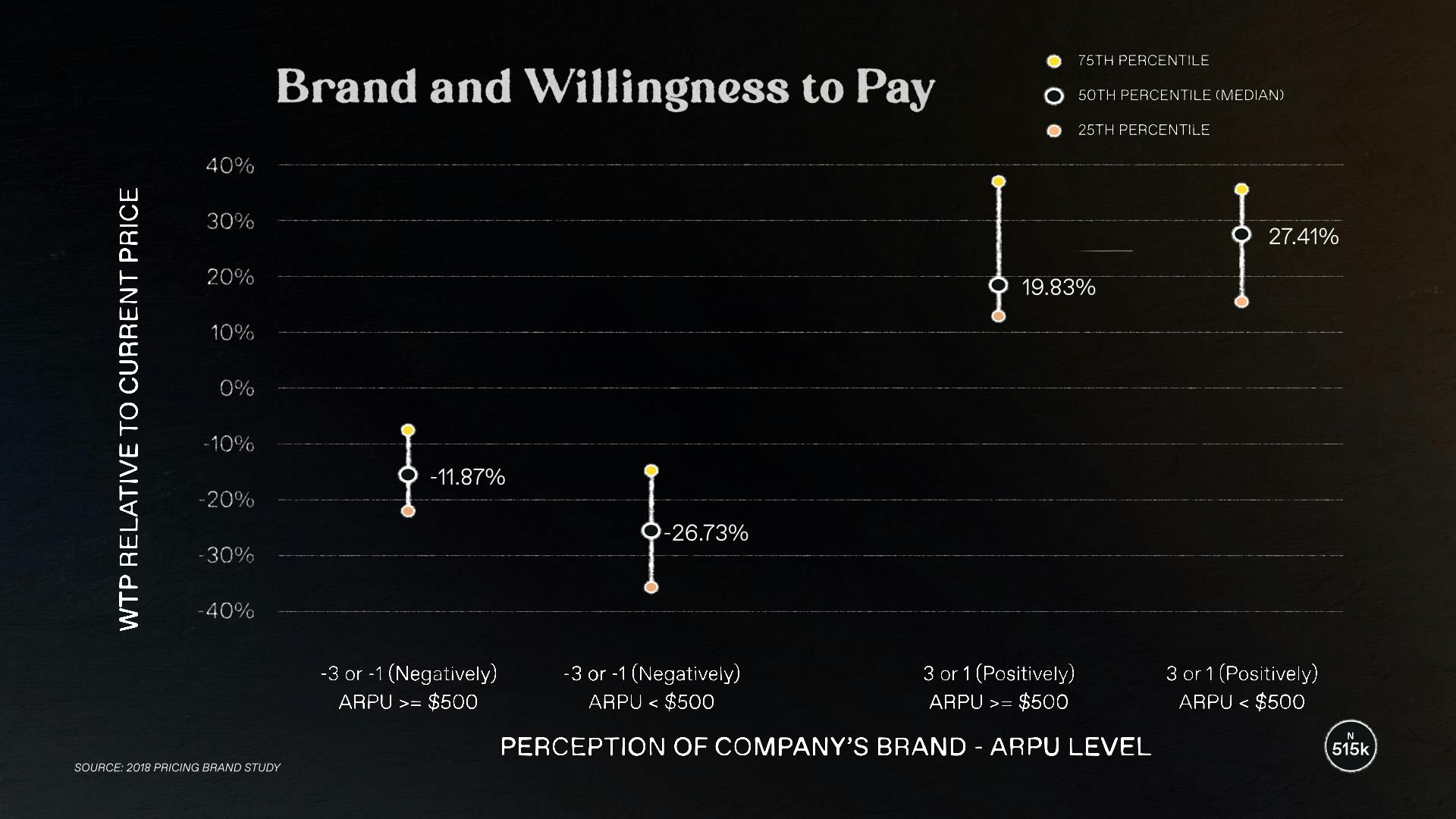
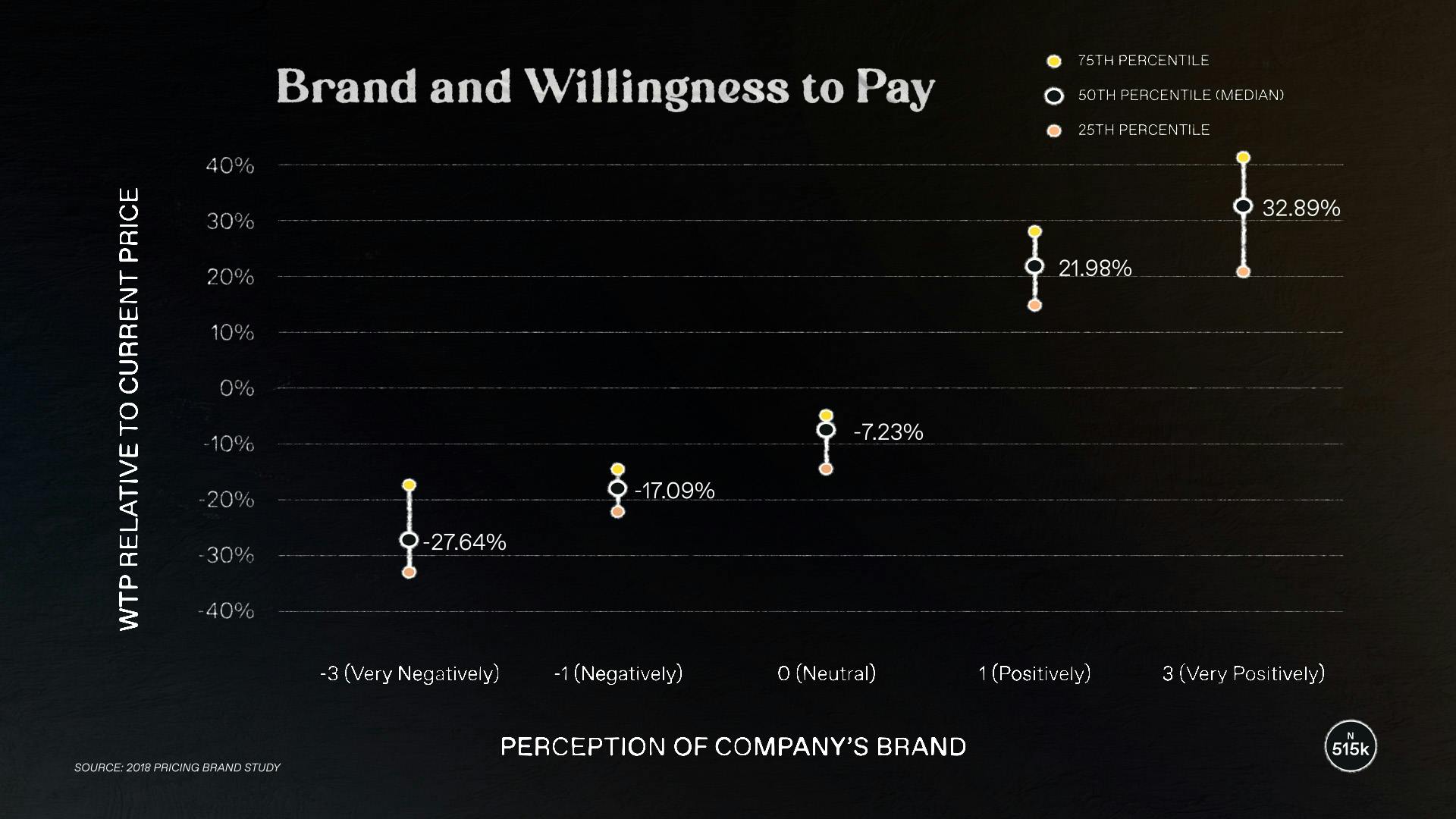
Moreover, brand perception significantly influences customer retention, with a positive image boosting net dollar retention by nearly 20%.

Developing a brand akin to Costco's is not an overnight feat. It's a journey anchored in steadfast customer-centric values and a clear, compelling value proposition. For businesses aiming to emulate Costco's success, the journey involves more than just strategic pricing; it's about creating your own version of the $1.50 hot dog—a unique value proposition that resonates deeply with your customers.
Virality is impactful, even in the B2B SaaS Space. Tools like Calendly and Typeform exemplify this approach, embedding brand presence into user interactions and fostering organic growth. This strategy, reminiscent of Costco's impact, is a testament to the potential of virality in building a robust brand and driving growth, offering valuable lessons for B2B companies aiming to scale their impact.
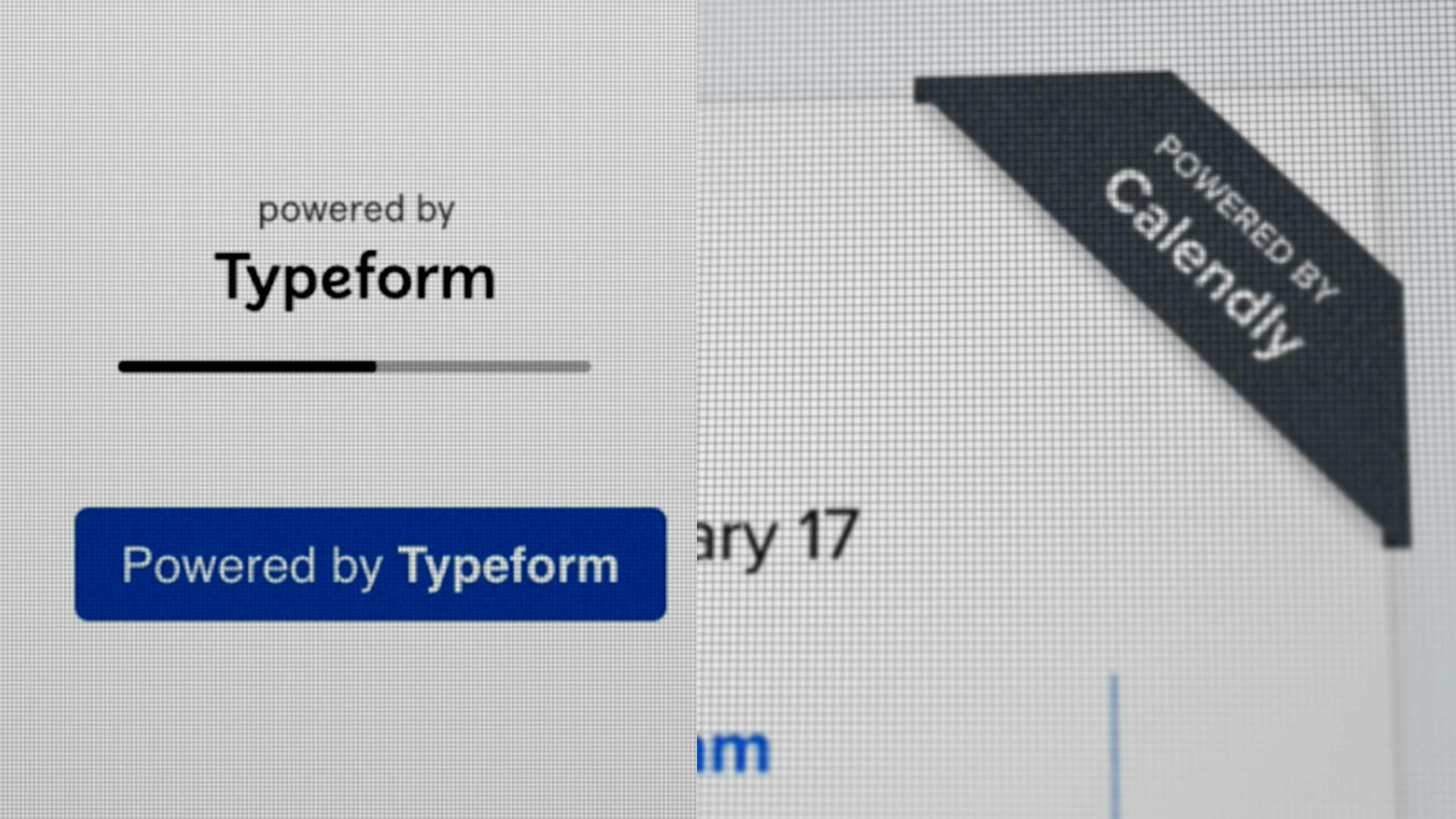
Iconic Value
The Costco Hot Dog is iconic. When you first enter a Costco, you see the price on the food court. Whether you eat it beforehand or save til you’re done shopping, it calls to you. It’s a signal, it tells you that you’re getting a great deal. It informs your entire Costco journey. Jim Sinegal went on to say in the Seattle Times interview:
“When you get customers who are that delighted with something, it’s worth your time and energy to make it work.”
Check out this video next that recaps the Epic Games vs Google case.
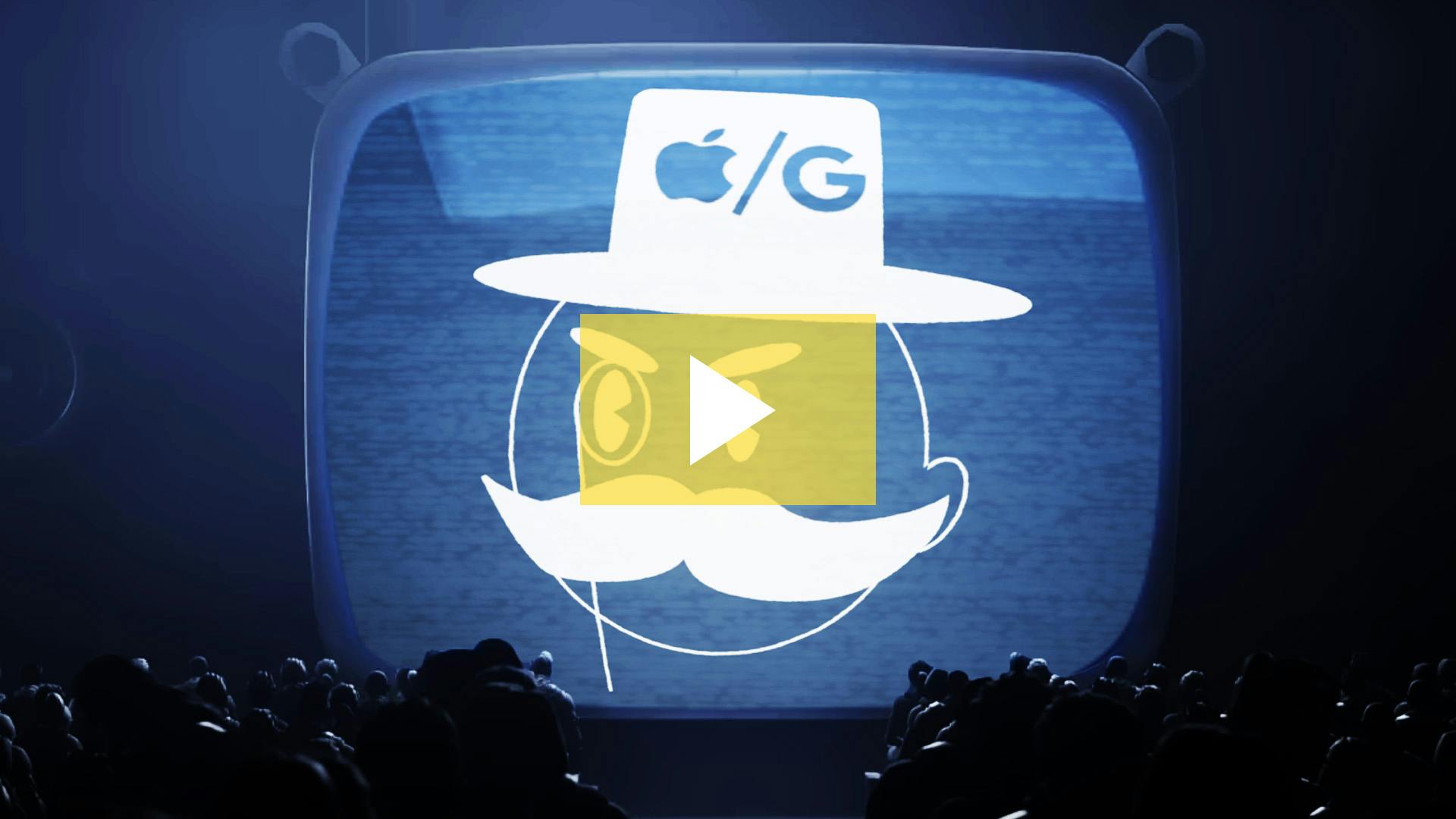
If you like this kind of content and want to learn more, subscribe to get in the know when we release new episodes.

00:00:02:10 - 00:00:09:13
Ben Hillman
Yeah. Thank you.
00:00:09:15 - 00:00:16:05
Ben Hillman
This dollar 50 hot dog is responsible for $4.5 billion in revenue last year.
00:00:16:06 - 00:00:19:19
Newscaster
What's the secret to building a business that has instant name recognition?
00:00:19:19 - 00:00:31:22
Ben Hillman
And it's been the same price for the past 40 years. If you're not familiar with it already, Costco is a warehouse superstore that sells, you name it, to their customers in exchange for an annual membership fee.
00:00:32:02 - 00:00:47:23
Ben Hillman
It's $60 for the basic and $120 for the executive. And this doesn't even account for the goods that Costco actually sells. This hot dog is so valuable to Costco that founder Jim Senegal allegedly threatened the CEO's life if he ever raised the price.
00:00:48:01 - 00:00:53:12
Evan Grubb
Because it's not about the hot dog. It's about the brand. Right. It was never about the hot dogs. And you know this.
00:00:53:18 - 00:01:22:00
Ben Hillman
That's Evan Grubb, who has helped over 2000 companies for the past seven years with their pricing. And he's going to help me dissect this problem and figure out how a good brand actually gets your customers to pay more. And you don't need a hot dog to do it, although it does help. Costco's brand origins go back way before the hot dog, before Jim, Senegal before the company even started.
00:01:22:02 - 00:01:41:02
Ben Hillman
The brand of Costco began with a man who means more to ecommerce than you might realize. So Price Jim, Senegal has said many times that everything he learned can be credited to Sol Price. So started Fed Mart in the fifties. Fed Mart provided goods for purchase to federal workers and their employees with a lifetime membership buy for $2.
00:01:41:04 - 00:02:10:04
Ben Hillman
They didn't run any advertising with Sol saying we have in effect said that the best advertising is by our members. The unsolicited testimonial of the satisfied customer. And to do so, so stuck to four principles and running fed might provide the best possible value to the customers. Excellent quality products at the lowest possible prices, pay good wages and provide good benefits, including health insurance to employees, maintain honest business practices, and finally make money for investors.
00:02:10:05 - 00:02:32:10
Ben Hillman
Jim Senegal bought into this mission as he worked at Fed Mart for almost 25 years before leaving it in 1977. But by this time, Sol had actually been forced out of Redmart and he had founded a new store price club. That's a much better name, by the way. Jim Senegal opened the first Costco warehouse in Seattle, Washington, in September of 1983 with his partner, Jeffrey Brotman.
00:02:32:12 - 00:02:54:06
Ben Hillman
The flier for their opening said, We have seven floors and open ceilings, no frills. Memberships began at $25 a year. Costco was early to the game with offering fresh food, including meats, seafood and a bakery. They've had to increase their size at the shopping cart four times. The focus from the beginning has always been for Costco to put themselves in the shoes of their customers.
00:02:54:08 - 00:03:17:05
Ben Hillman
Customers want high quality products at affordable prices in order to do this. Costco keeps a low number of SKUs around 4000, and they try to keep margins as low as possible, aiming for 14%, but averaging closer to 11%. With this intense customer focus, Costco was able to go from 0 to $3 billion in revenue in under six years.
00:03:17:07 - 00:03:43:17
Ben Hillman
A mission statement is to continually provide our members with colleagues and services at the lowest possible prices. Remember those principles that Saul had? Well, check out Costco's code of ethics that they use today. Obey the law. Take care of our members. Take care of our employees. Respect our suppliers. Sound familiar? Well, that's not all. Price Club will be acquired by Costco in 1993, reuniting Saul and Jim for good.
00:03:43:19 - 00:04:09:09
Evan Grubb
The membership subscription is basically a key to the club. There are subscriptions everywhere now, and sometimes they're super aligned to value. Sometimes they're just a piece of the equation. Costco does it right because the subscription one, it gets you access to the club. And then on top of that, they have add ons for everything. It's like if you want to travel, if you want to purchase an engagement ring, whatever it is, like, you can get that obviously through Costco.
00:04:09:09 - 00:04:35:18
Ben Hillman
But what does all of this have to do with hot dogs, you might ask? Costco's mission statement has everything to do with it. Continually provide our members with quality goods and services at the lowest possible prices. It's how one feels when shopping at Costco. I'm getting such an incredible deal, you might think. And you'd be right. Some sources say that the first hot dog stand appeared in 1983 and the Portland location others in 1984.
00:04:35:18 - 00:04:52:20
Ben Hillman
In San Diego. And Jim, Senegal says the company was open for a year and a half before putting a hot dog stand in the original downtown location. But one thing we know for sure is that originally there wasn't even a food court, just a small Hebrew national cart that sold a 12 ounce can of soda and a quarter pounder dog for a dollar 50.
00:04:52:22 - 00:05:13:09
Ben Hillman
The success of the hot dog spurred the opening of Costco's food court. Today, you can get a variety of items like pizza smoothies and a chicken bake. But unlike the hot dog, these items have increase in price since opening. I mean, the chicken bake went from 299 to 3, 99 and 2022. There's also a roast beef sandwich available for 1899.
00:05:13:15 - 00:05:32:14
Ben Hillman
And let's just pause for a second, because I think that is absolutely crazy. I mean, you can get a full pizza for $0.05 cheaper than the sandwich, and yet the hotdog remains the same. But what if I told you that the value has actually increased? Instead of a 12 ounce can today, you can get a 20 ounce cup with free refills.
00:05:32:18 - 00:05:56:12
Ben Hillman
The hotdog is also 10% bigger. In order to accommodate this, in 2009, Costco replace Hebrew National with their own brand, Kirkland, the name of many in-house Costco products. And they opened a dedicated hotdog making facility in California. When asked about the hotdog price by the Seattle Times, Jim, Senegal said, Everybody talks about it. People look at that hotdog and say about 50, this is unbelievable.
00:05:56:14 - 00:06:08:17
Ben Hillman
It's the same thing. You'd spend $7 or $8 at the ballpark for and not get the same quality dog. It's one of the things that we're known for. Why do you think that this deal has remained unchanged for the last 40 years?
00:06:08:18 - 00:06:24:23
Evan Grubb
Because it's not about the hotdog. It's about the brand. Right. It was never about the hotdog. Then you know, this that's a fundamental mission of the company is to keep prices low. So it makes sense that that's a big piece of their brand. The other piece here is kind of the elephant in the room, which is their add on strategy.
00:06:25:01 - 00:06:46:00
Evan Grubb
Right. So you can purchase anything you want basically through the Costco ecosystem. Gas, like, that's a great one where that keeps you driving into the parking lot and then you can go back into the store. I think a lot of SaaS companies should leverage add ons more. The idea of some features being low relative preference or most of your audience not really needing those features, but those that want them have a high willingness to pay.
00:06:46:04 - 00:06:50:20
Evan Grubb
They basically should be sold a la carte. They should be removed from your tears.
00:06:50:22 - 00:07:13:01
Ben Hillman
These cuts are from an extended interview that I did with Evan for our podcast, Protect the Hustle. We talk much more about what SaaS companies can learn from Costco, as well as the state of SaaS pricing today and where we go from here. Check it out when you're finished with this video. Costco's prices are its brand and brand, while difficult to measure, is important when it comes to willingness to pay as well as retention.
00:07:13:03 - 00:07:34:21
Ben Hillman
The data proves it. First, here's how brand drives higher willingness to pay. Based on our survey of thousands of subscription and SaaS companies, we found that those with a positive perception of a brand are willing to pay up to 60% more than those with a negative perception, depending on RPU. And that's not all. Even a neutral perception of brand can negatively affect willingness to pay.
00:07:34:23 - 00:07:57:19
Ben Hillman
And like I said, brand can also affect retention. Customers with a positive perception of a brand have nearly 20% better net dollar retention. A negative perception drives NDR down to a place where it's difficult to stay afloat. Developing a brand like Costco's didn't just happen overnight. And if you're struggling with brand perception today, chances are that it's going to take some time to right the ship.
00:07:57:20 - 00:08:05:15
Ben Hillman
But sticking to customer centric principles and developing your own version of a dollar 50 hot dog could be huge for your business.
00:08:05:17 - 00:08:26:06
Evan Grubb
Virality is really, really impactful for Costco, but also for a lot of these B2B companies. Maybe board couple or product like growth cowardly when you schedule on somebody's column to book a time. It tells you that it's powered by Callaway. Or when you take a survey from Typeform it tells you like, Hey, this is powered by Typeform. That's a way of creating sort of a viral growth strategy.
00:08:26:06 - 00:08:30:09
Evan Grubb
So that's something that Costco does well that we can take away from the B2B community.
00:08:30:11 - 00:08:49:15
Ben Hillman
The Costco Hot Dog is iconic. Whether you eat it beforehand or save it till you're done shopping, it's a signal that tells you that you're getting a great deal. And as Jim Senegal said, when you get customers that delighted with something, it's worth your time and energy to make it work. To learn more about retention CAK and many other benchmarks and where your company should be.
00:08:49:20 - 00:08:57:01
Ben Hillman
Check out the videos on the screen. Subscribe if you want to build better SaaS and from Paddle. My name is Ben Hillman and I'll see you next time.

